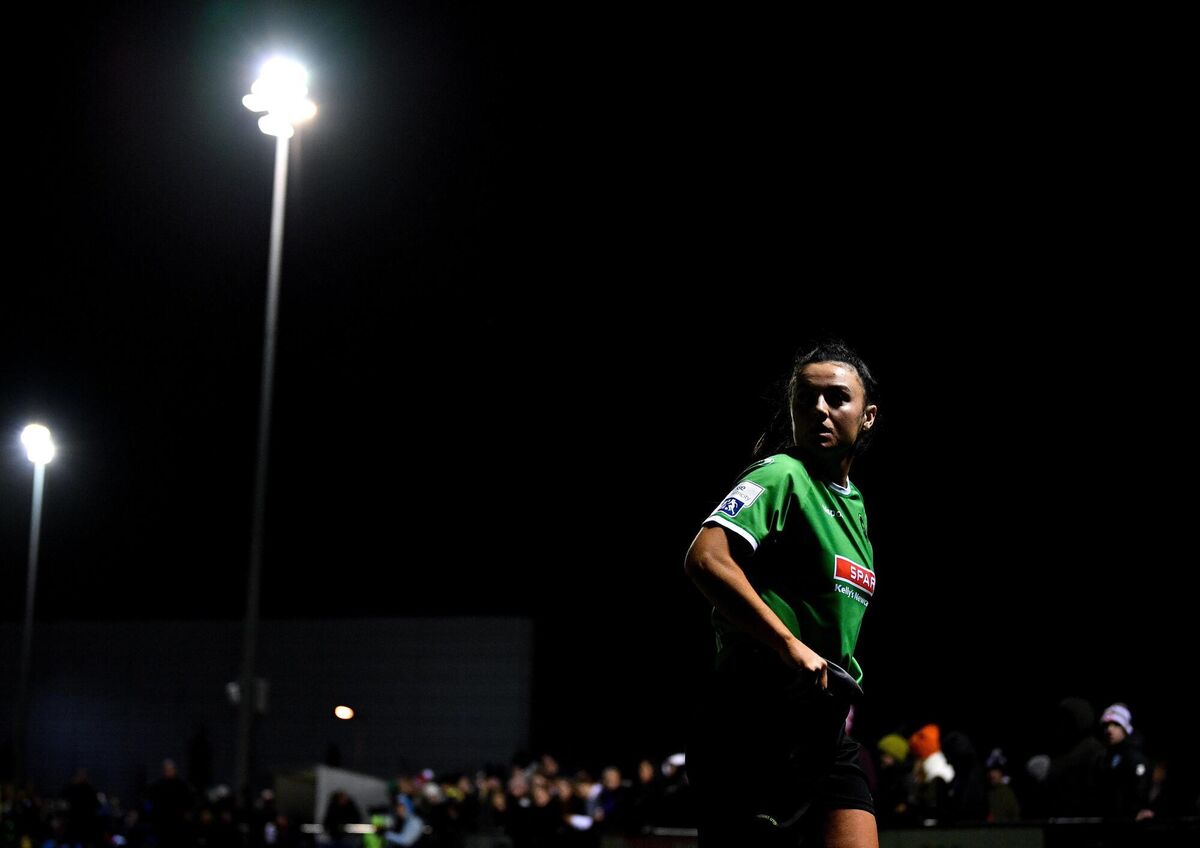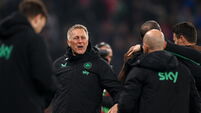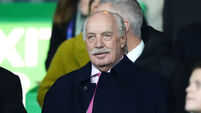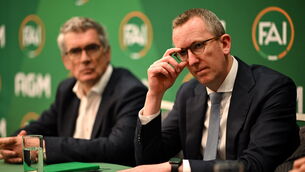John Fallon: Curtis Fleming the perfect football director figurehead for FAI
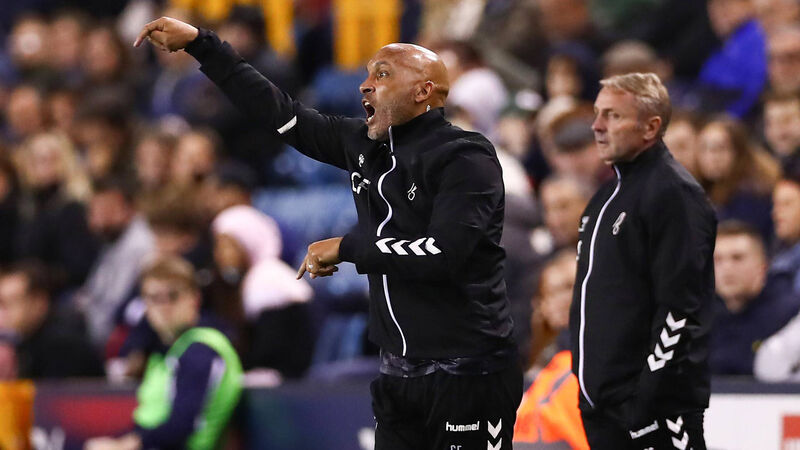
Curtis Fleming ticks the boxes necessary for filling a complex role as Ireland’s new football director. Photo by Jacques Feeney/Getty Images
Decision time in the FAI boardroom is looming, a choice that will form the blueprint for the future of Irish football.
He’s only as safe in the job as Pearson is at Bristol City, and the lure of giving the country he cherishes some national service in their time of need is a temptation worth tabling by the FAI.

Pooling resources may be unpalatable to a cohort of diehards, yet by acting alone both clubs are in danger of getting left behind. With a huge catchment area between Dún Laoghaire-Rathdown and the whole of Wicklow, harnessed by bright minds, an opportunity exists to make something special happen.
